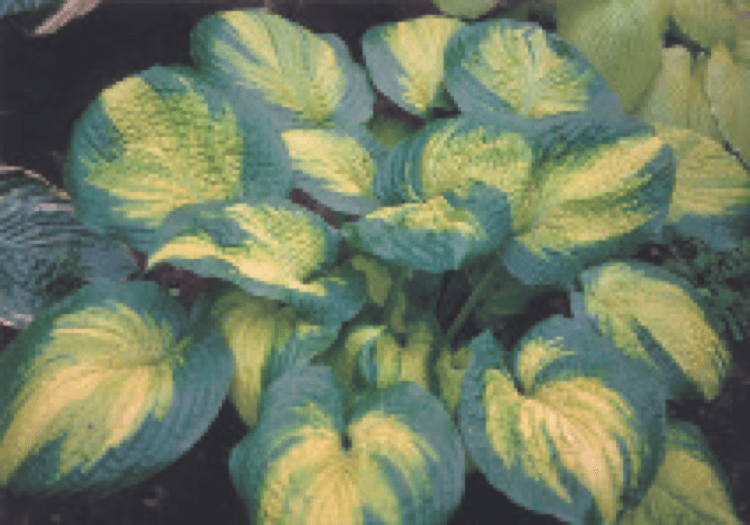by Erl Svendsen
It’s time to give your yard a critical review: what to remove, what to fix, what to keep. After all, your yard is supposed to enhance your quality of life and your property value.
Start by getting rid of the unwanted by throwing out, recycling or donating old boards, tomato cages, leaky hoses, unused composters, garden tools, empty pots, bicycle tires, extra lawnmower, etc. You think you’ve cleverly hidden them out-of-sight under your deck, behind an old spruce or alongside your house but you’re not fooling anyone.
Next, deal with the weeds in your lawn, in your planting beds, in the gravel along that one side of your house and in the expansion joints in your driveway and sidewalks. You can dig them out or carefully spray them with an appropriate herbicide. To reduce future problems in your beds, add 3-4 inches of organic mulch to smoother seedlings.
Next, look at your trees. Have any outgrown their purpose/space? My neighbour just removed a white spruce planted too close to his house and our common fence. Now he has more light in his dining room and we have a better view. If you have less than 30% deadwood, prune your tree back into shape. Unless it’s top-dieback like most paper birches eventually develop (caused by bronze birch borer) – then remove and replace. If there’s 30-50% deadwood, you may be able to save it, but think about why there’s so much: not hardy (e.g. purple leaved Norway maple=replace); wrong location (too wet=improve drainage; too dry=increase irrigation; too much traffic=reduce foot & vehicle traffic); or it’s susceptible to pests and diseases (control pests or replace with a resistant species/specimen). Also think about how long it will take the tree to recover. If there is more than 50% deadwood, there’s something seriously wrong and it’s time to replace with a more suitable specimen.
Shrubs are more amenable to pruning and shaping than trees, and can recover from more dieback than trees… to a point. If a shrub has outgrown its space or has developed an unattractive shape you have a few options. Renewal prune: remove 1/3 of the oldest branches each year for three years. More drastic: prune over-mature shrubs to the ground to stimulate new growth. Or maybe it’s time for something different. With less than 50% deadwood, you can prune to improve its appearance. With more than 50%, you can still prune, but think about why there’s so much (as above for trees). It is also possible that last fall or winter was unusual in some way causing more than normal dieback. This spring, all my ‘Mini Sunglow’ spireas in the front yard are 90-100% dead. This, after eight years without skipping a beat. I’m blaming it on the ice/snow storm in early October. I think I’ll chance it and replace them with the same.
Finally, evaluate your perennials. Divide perennials that have outgrown their space. Too aggressive or expansive? Remove and replace with something better behaved. Perennial with more than 50% winter dieback? Consider as above reasons why. As with my spireas, all my blue oatgrass and blue fescue are complete write-offs. Again, I’m blaming the unusual fall. But here I’m seeing an opportunity to try something new.
Erl gardens in Saskatoon. He recently started tweeting @ErlSv.
This column is provided courtesy of the Saskatchewan Perennial Society (SPS; www.saskperennial.ca; hortscene@yahoo.com; www.facebook.com/saskperennial). Check out our Bulletin Board or Calendar for upcoming garden information sessions, workshops, tours and other events: Gardening at the UofS – http://gardening.usask.ca or call 306-966-5539. May 27, 9:00 am – Labour & Learn [a volunteer and learning opportunity, helping to maintain two public SPS gardens at the Saskatoon Forestry Farm Park & Zoo]. Got growing questions? Gardenline is here to help! Email gardenline@usask.ca with your questions or call Helen at 306-966-5865.


